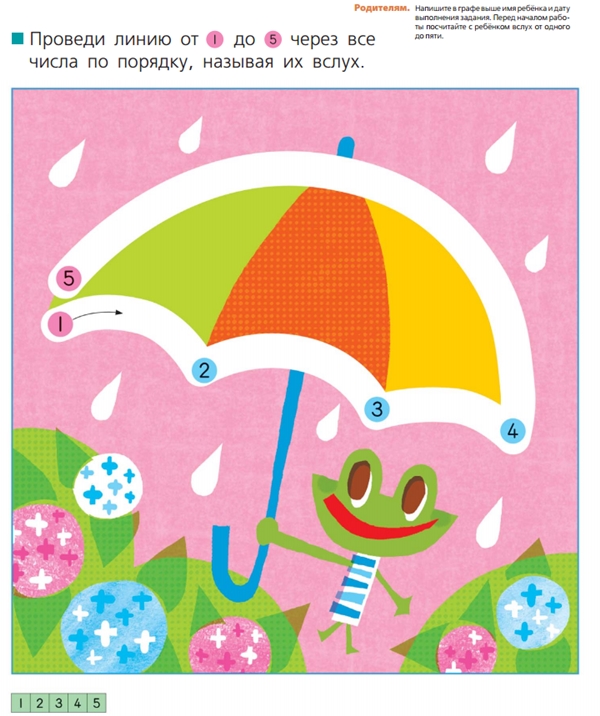How to learn to draw?

Often, looking at a picture of a famous artist or a masterfully painted kitchen utensils, we notice that it would be nice learn to draw yourself. It's such a pleasure to embody your vision of this world in the drawing! But the worm of doubt gnaws at the soul - how can an adult learn to draw? Still as can!
In fact, even if you are depictinglittle people as "a point, a point, a comma - a little face came out a curve" - you still draw. And if you have a pencil or a brush, a little perseverance and patience, and, of course, the desire to learn how to draw - you will succeed!
Do not grab immediately for writing complex landscapes, portraits. Everything has its time! Remember that you always need to start from simple to complex, from details to the whole. First of all, train the eye, coordination of movements, fine motor skills. After all, often the hands simply do not "obey" and do not draw what you intended.
What exercises are suitable for the development of the eye and coordination? Start by copying. Do not be afraid that you do not get to express yourself yet. When you are drawing a finished image, you learn to firmly lead a line, "stuff" the eye. Do not try to "clamp" a pencil - the hand should move freely.
Having mastered drawing "from a picture", tryto draw simple objects from nature. It can be an apple, a bulb, a pear. Your task in this exercise is to develop your memory and observation, to learn how to feel the line and form of the object.
At this stage it is still too early to work with the volume andchiaroscuro, so do not try to work through the image in detail. For drawing, choose black-and-white outline drawings, not too saturated with details.
When you gain confidence in the image of any contours, you can go to drawing several objects. A good exercise for teaching a holistic perception of the picture - drawing still life.
In still life all objects are immovable, theyare fixed in their places. Therefore, it is easier to transfer the shape of these objects and therefore the ability to draw a still life is the base in the visual arts. Look at the composition, pay attention to how objects are relative to each other. Having studied the composition, proceed to drawing.
It is not recommended to start drawing still life (and, in principle, any other drawing)from a particular object - after all, you can not guess with the proportions and arrangement of the picture relative to the paper. Better preliminarily in thin lines to make a small markup - indicate where any object will be.
To learn how to draw objects in "volume", it is necessary to study the basic geometricthree-dimensional bodies (a cube, a parallelepiped, a sphere, a cone, a cylinder, a torus). Almost every real object can be conditionally divided into one or several such bodies.
You probably noticed that at different anglesthree-dimensional bodies look different. The way images of voluminous bodies transmit their own spatial structure and location in space is called in the visual arts perspective.
To learn how to draw a linear or reverseperspective it is necessary to learn to determine the so-called point of descent - the imaginary point in which the lines converge. The point of descent is at the eye level of the observer. Remember the rails of the railway - when looking into the distance it seems that the parallel lines of rails are connected to one point. This is the point of descent. Between any point of the object and the point of descent, an imaginary straight line can be drawn.
Dimensions and location of the shadow, which falls on objects, depend onlocation and size of the light source, which creates these shadows. To practice in the image of shadows, try to draw an object in different lighting, at different angles to the light source.
You can learn to draw in any, even the most mature, age. Be patient, but do not force yourself - this only leads to disgust from trying to learn how to draw! Smiles and good mood to you - and all will turn out!














